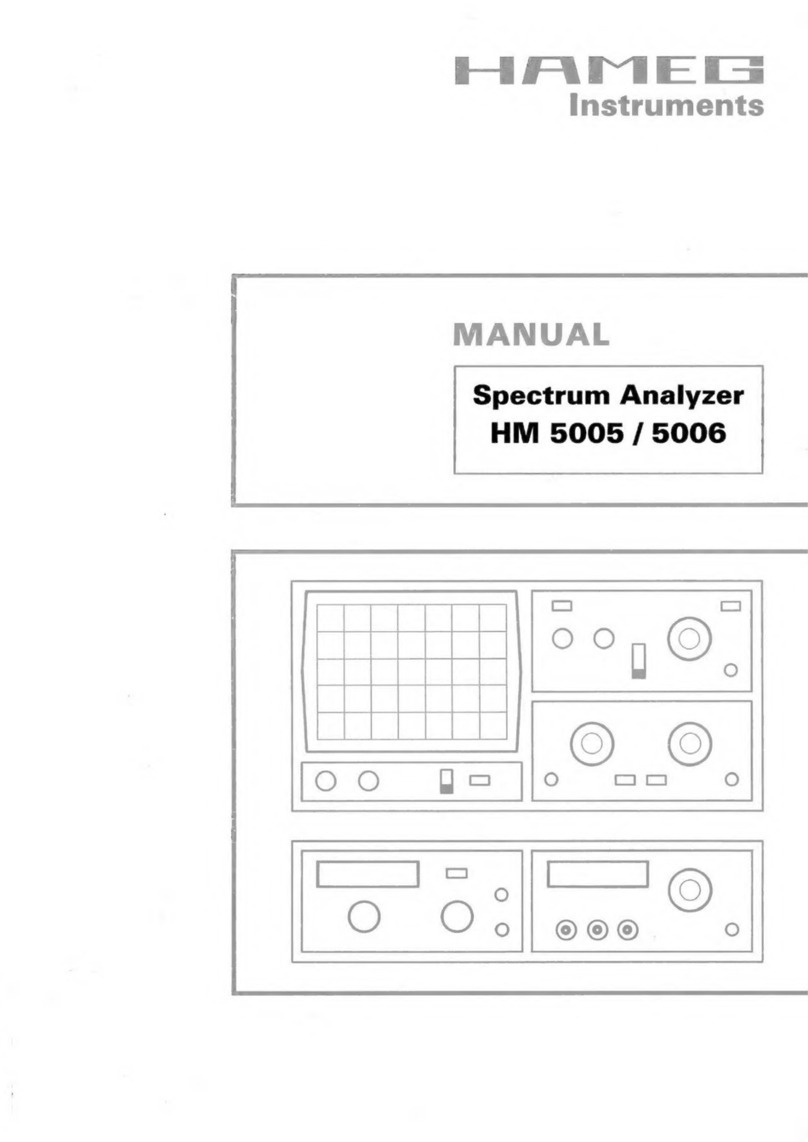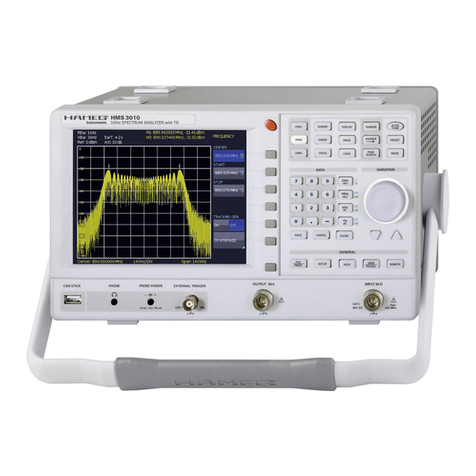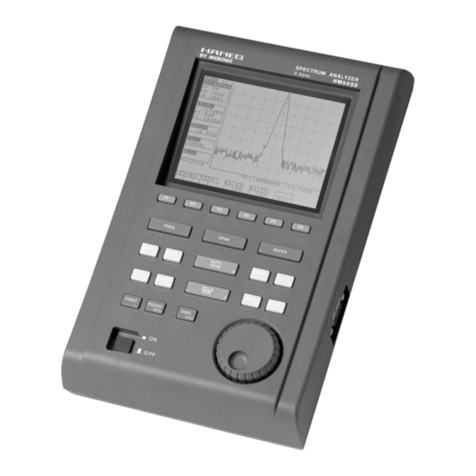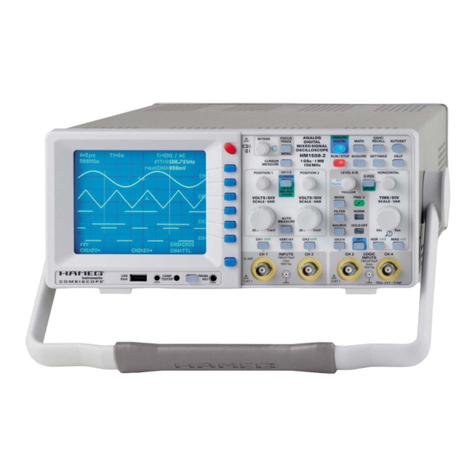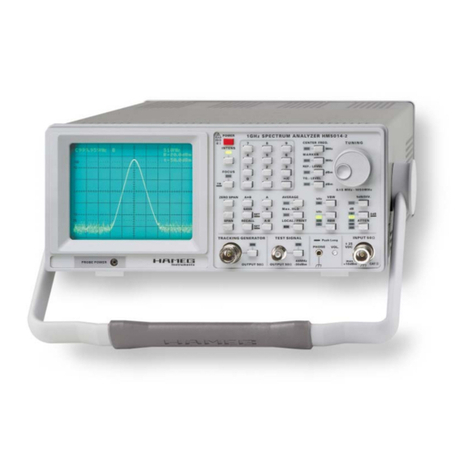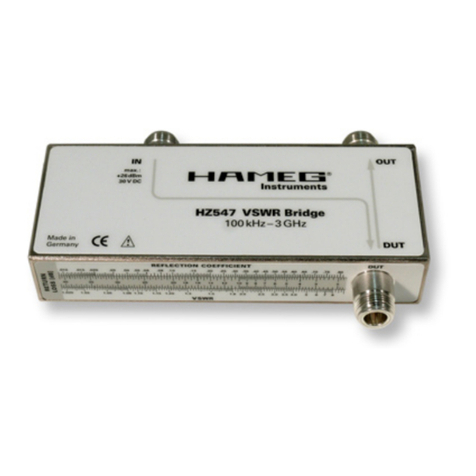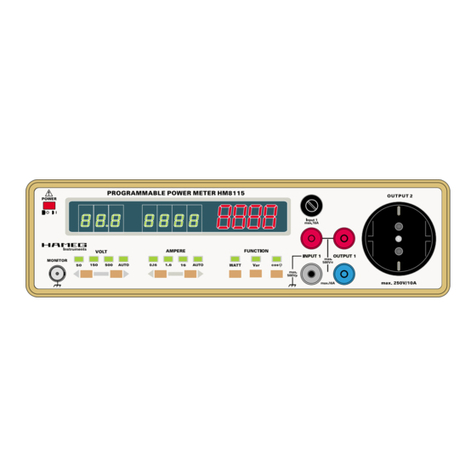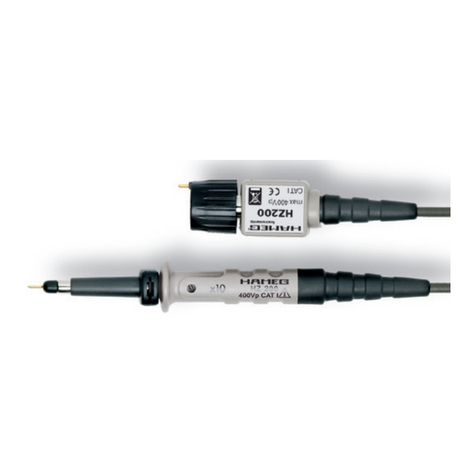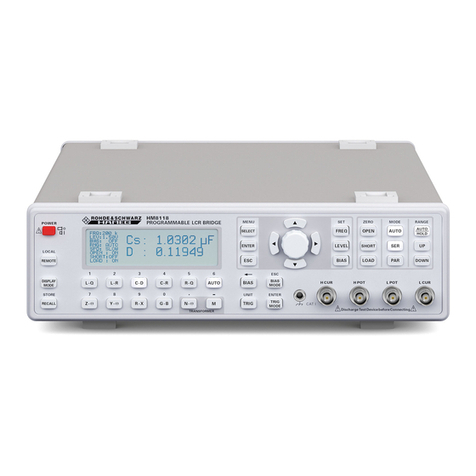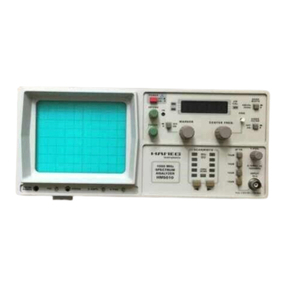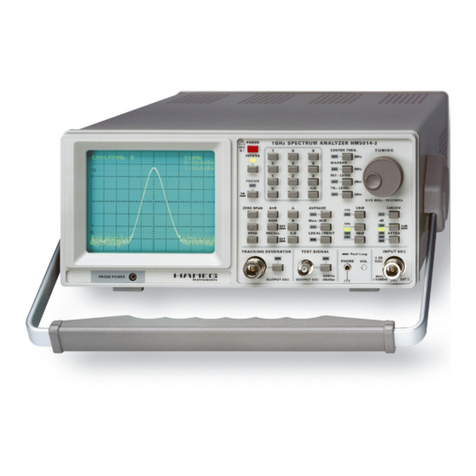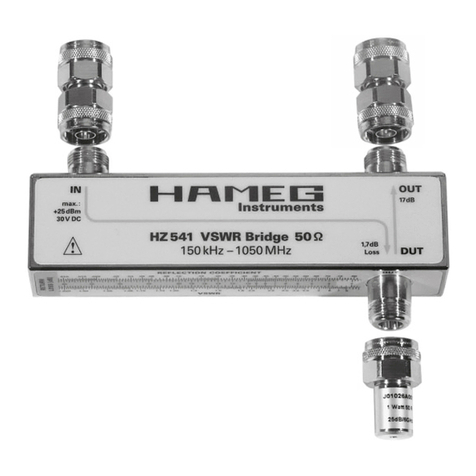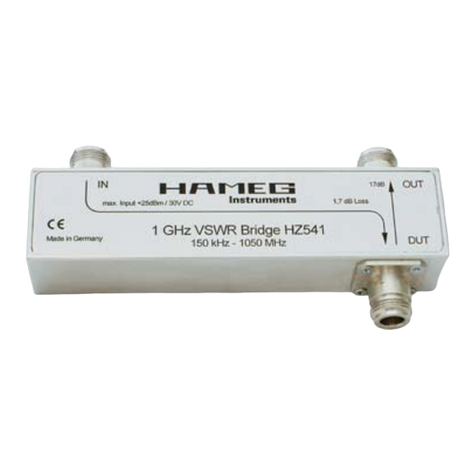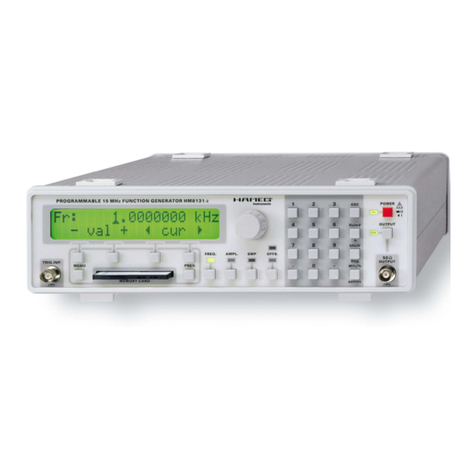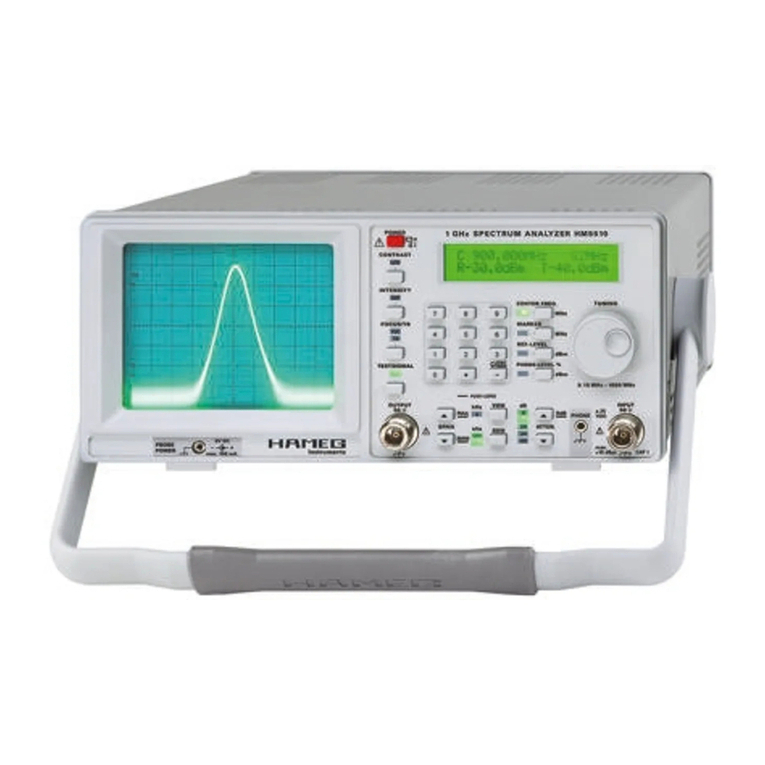
7
Betriebsbedingungen
Der zulässige Umgebungstemperaturbereich
während des Betriebes reicht von
+10°C...+40°C. Während der Lagerung oder
des Transports darf die Temperatur zwischen
-40°C und +70°C betragen. Hat sich während
des Transports oder der Lagerung Kondenswas-
ser gebildet, muß das Gerät ca. 2 Stunden
aklimatisiert werden, bevor es in Betrieb ge-
nommen wird. Die Geräte sind zum Gebrauch
in sauberen, trockenen Räumen bestimmt. Sie
dürfen nicht bei besonders großem Staub- bzw.
Feuchtigkeitsgehalt der Luft, bei Explosionsge-
fahr sowie bei aggressiver chemischer Einwir-
kung betrieben werden. Die Betriebslage ist
beliebig. Eine ausreichende Luftzirkulation
(Konvektionskühlung) ist jedoch zu gewährlei-
sten. Bei Dauerbetrieb ist folglich eine horizon-
tale oder schräge Betriebslage (Aufstellbügel)
zu bevorzugen. Die Lüftungslöcher dürfen nicht
abgedeckt sein.
Inbetriebnahme des Moduls
Vor Anschluß des Grundgerätes ist darauf zu
achten, daß die auf der Rückseite eingestellte
Netzspannung mit dem Anschlußwert des Net-
zes übereinstimmt.
Die Verbindung zwischen Schutzleiteranschluß
HM8001-2 und dem Netz-Schutzleiter ist vor jeg-
lichen anderen Verbindungen herzustellen (Netz-
stecker HM8001-2 also zuerst anschließen).
Die Inbetriebnahme beschränkt sich dann im
wesentlichen auf das Einschieben der Modu-
le. Diese können nach Belieben in der rechten
oder linken Einschuböffnung betrieben werden.
Vor dem Einschieben oder bei einem Modul-
wechsel ist das Grundgerät auszuschalten. Der
rote Tastenknopf ,,Power” (Mitte Frontrahmen
HM8001-2) steht dann heraus, wobei ein klei-
ner Kreis (o) auf der oberen Tastenschmalseite
sichtbar wird. Falls die auf der Rückseite be-
findlichen BNC-Buchsen nicht benutzt werden,
sollte man evtl. angeschlossene BNC-Kabel aus
Sicherheitsgründen entfernen.
Zur sicheren Verbindung mit den Betriebsspan-
nungen müssen die Module bis zum Anschlag
eingeschoben werden. Solange dies nicht der
Fall ist, besteht keine Schutzleiterverbindung
zum Gehäuse des Modules (Büschelstecker
oberhalb der Steckerleiste im Grundgerät). In
diesem Fall darf kein Meßsignal an die Buch-
sen des Modules gelegt werden. Allgemein gilt:
Vor dem Anlegen des Meßsignales muß das
Modul eingeschaltet und funktionstüchtig sein.
Ist ein Fehler am Meßgerät erkennbar, dürfen
keine weiteren Messungen durchgeführt wer-
den. Vor dem Ausschalten des Moduls oder bei
einem Modulwechsel ist vorher das Gerät vom
Meßkreis zu trennen.
Aufstellung des Gerätes
Soll das HM8001-2 zusammen mit HAMEG-
Oszilloskopen oder anderen Grundgeräten ge-
stapelt werden, ist ein exaktes Übereinander-
stehen nur bei Verwendung der zur Lieferung
gehörenden Fußhalter möglich. Mit Hilfe des
aufgebrachten zweiseitigen Klebebandes sind
diese auf dem jeweils unten stehenden Gerät
zu befestigen. Dabei ist zu beachten, daß die
Konfiguration der Füße des oberen Gerätes mit
der Lage der Fußhalter identisch sein muß. Die
Zapfen der Fußhalter müssen in die entspre-
chenden Belüftungslöcher eintauchen. Dadurch
sind bei einer gewissen Schräglage die aufsit-
zenden Geräte gegen Abrutschen gesichert.
Für die Schrägstellung sind die an den Vorder-
füßen angebrachten Ständer nach vorn zu
schwenken.
Sind mehrere Geräte übereinandergestapelt
darf die Luftzufuhr an keiner Seite behindert
werden. Das Gerät mit der größten Leistungs-
aufnahme sollte möglichst oben stehen.
Modulversorgung
Im Netzteil des HM8001-2 werden alle für den
Betrieb der Module erforderlichen Versorgungs-
spannungen erzeugt. Beide Modulseiten sind
galvanisch voneinander getrennt. Die Kontakt-
leisten in den Einschubräumen sind mit den
Zahlen 1 bis 22 numeriert. Aus den weiteren
Bezeichnungen ist auch ersichtlich, welche Art
von Spannungen mit welchen Potentialen an
den Kontakten anliegen. Teilweise können ei-
ner Spannungsquelle mehrere Spannungsarten
oder auch verschiedene Größen entnommen
werden. Die Aufteilung ist aus der untenste-
henden Abbildung und dem Schaltbild
ersichtlich.Die durch senkrechte Striche abge-
teilten Zahlengruppen gehören jeweils zu einer
Stromquelle. An den mit VAC bezeichneten Kon-
